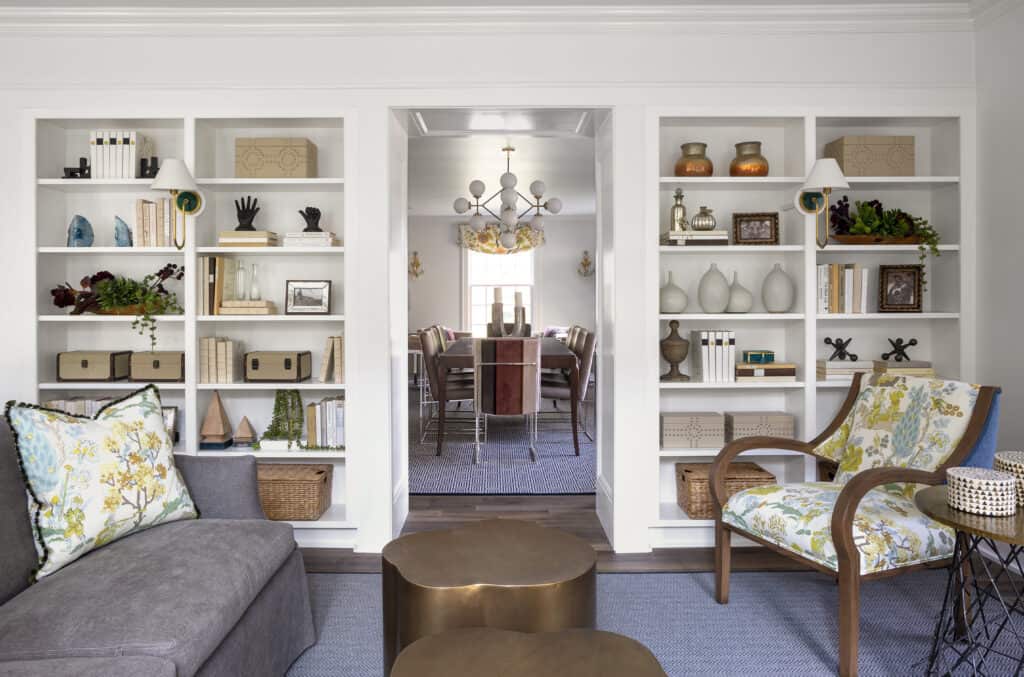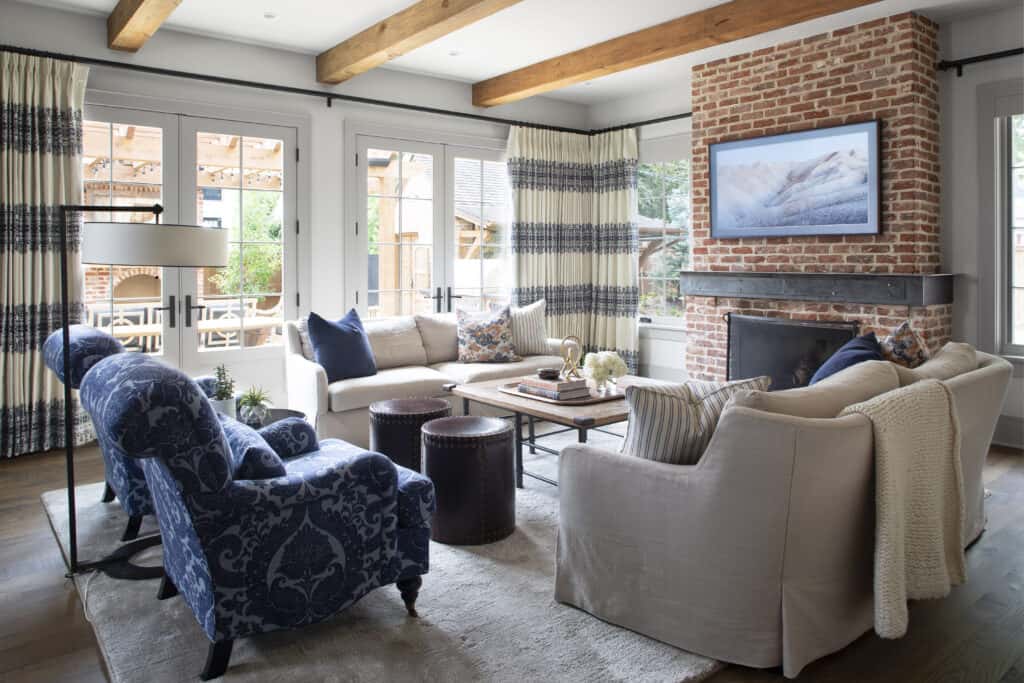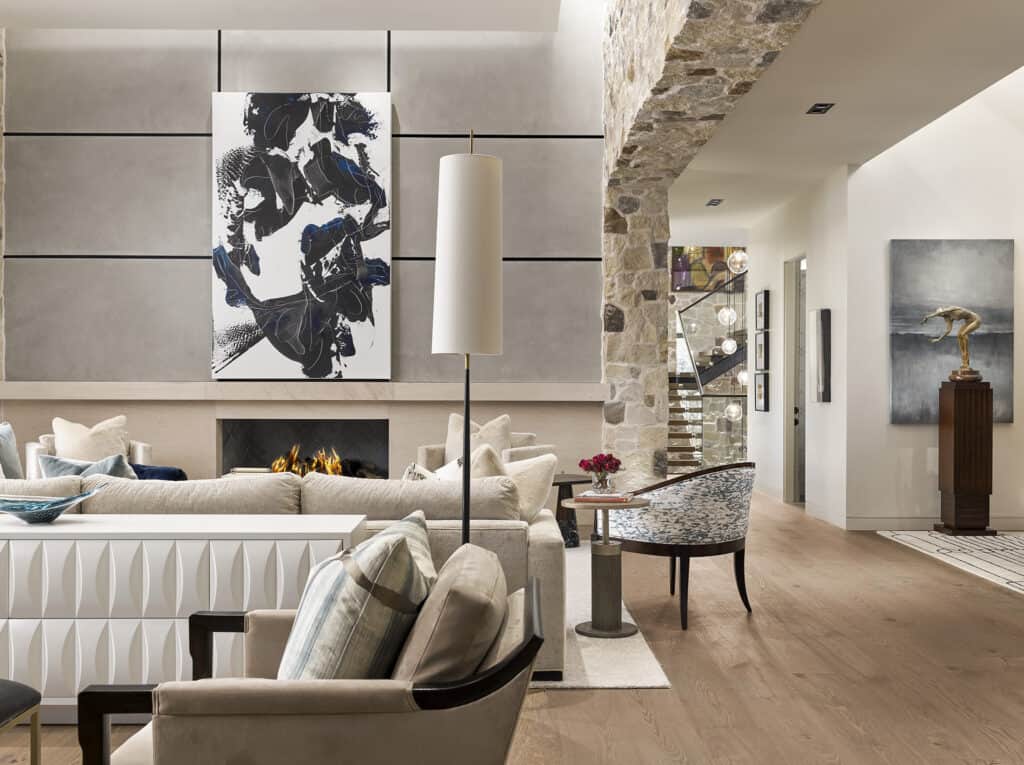How To Design the Perfect Room

5 Steps to Design the Perfect Room
The steps below outline our approach for designing the “perfect room”. While different types of spaces often have diverse steps, for example a bathroom or kitchen, this overview provides a general idea of how our company begins to tackle a project.
Step #1: Determine the Space’s Function
The most important place to start when designing the perfect room is deciding on the function of the space. Will this space be a dining room? Great, then how many people on an average day will need to be able to fit at the table? Do you entertain guests? How often? Or maybe you’re designing a bedroom. Will this be a master bedroom? What size bed is necessary? Do you also need a space to sit within this bedroom as well?
Step #2: Measure & Visual Implementation
The second step in designing the perfect room is to measure the space. This doesn’t just mean the overall length and width. This means every nook & cranny, every bump out, every spot that may take up space on the floor or ceiling. After the space is measured, it is inputted into a computer program in order to visually represent an aerial 2D perspective. Most Interior and Architectural firms use AutoCAD or Revit. The finished floor plan allows us the opportunity to comprehend the overall clearances, spatial recognition, and the volume/scale of pieces within the space.

Step #3: What Inspires You?
The third step is determining what inspires you, our client. We typically break this step out into two parts.
Imagery. Not only do we have our clients choose imagery that they love, we also have them select imagery they dislike. By doing this we can understand why they prefer or dislike something about a space. We take these images, and rather than regurgitating exactly what we see, we seek out recurring patterns. Is there a style, prevalent colorway or “vibe” to each image they’ve chosen? We then take those similarities and let them inspire the final design.
Textiles. The second part of this step is a visual psychoanalytical exercise that we complete with the client. We expose them to a plethora of fabrics and wallcoverings in a variety of textures, colors and patterns. We then require them to provide us with an immediate reaction to each one. Rather than having them specifically select options they prefer, we instruct them tell us their instinctual gut reaction of “yes, I like this” or “no, I don’t like this”. By interpreting their reactions to each textile, we able to truly understand their visual and tactile preferences.
This step provides us the opportunity to educate our clients on trusting their intuition when it comes to the world of design. They do not need to decide where a specific textile will go or how it may be applied, but rather if they immediately like or dislike it. We encourage our clients to trust the professionals, i.e. us, to be responsible for determining the final and most appropriate application.
Step #4: Show Us What You’re Working With – Via Your Budget.
This is just as important of a step as the others, if not the most important. Based on a client’s comfort of spend or budget, we cater the design towards this amount. We select specific furniture pieces, fixed finishes, lighting etc. that align with the quality that reflect the given amount. We also never promise to design something that is unrealistic if the budget is not in line with the type of quality they are expecting.

Step #5: Bring It All Together
When pulling together a design, we often start at the bottom of a space and work our way up. For example, if we’re starting in a family room, we select the grounding force, the area rug and then move to the furniture pieces that will layer on the rug, followed by the wall, window treatments and art pieces. We design a room like building blocks ensuring that every piece matches up and all the details are though through. For example, the client discussed a space that needs to comfortably sit 4 to 8 people. We begin by selecting a sofa style, and within that sofa style we choose the correct size, fabric, cushion density, and foot style/finish. Then it is onto the sofa pillows…. What fabric combination is best? What size will each pillow be, and how many of each style will occur? Will there be a specific trim or detail for each pillow? Once these details are determined we can consider the piece complete and move on to the next.
And that is how we execute designing the perfect room.